Yutaka Matsuzawa

Yutaka Matsuzawa at Yale Union, June 30–August 18, 2019. Courtesy of Yale Union. Photo by Leif Anderson.
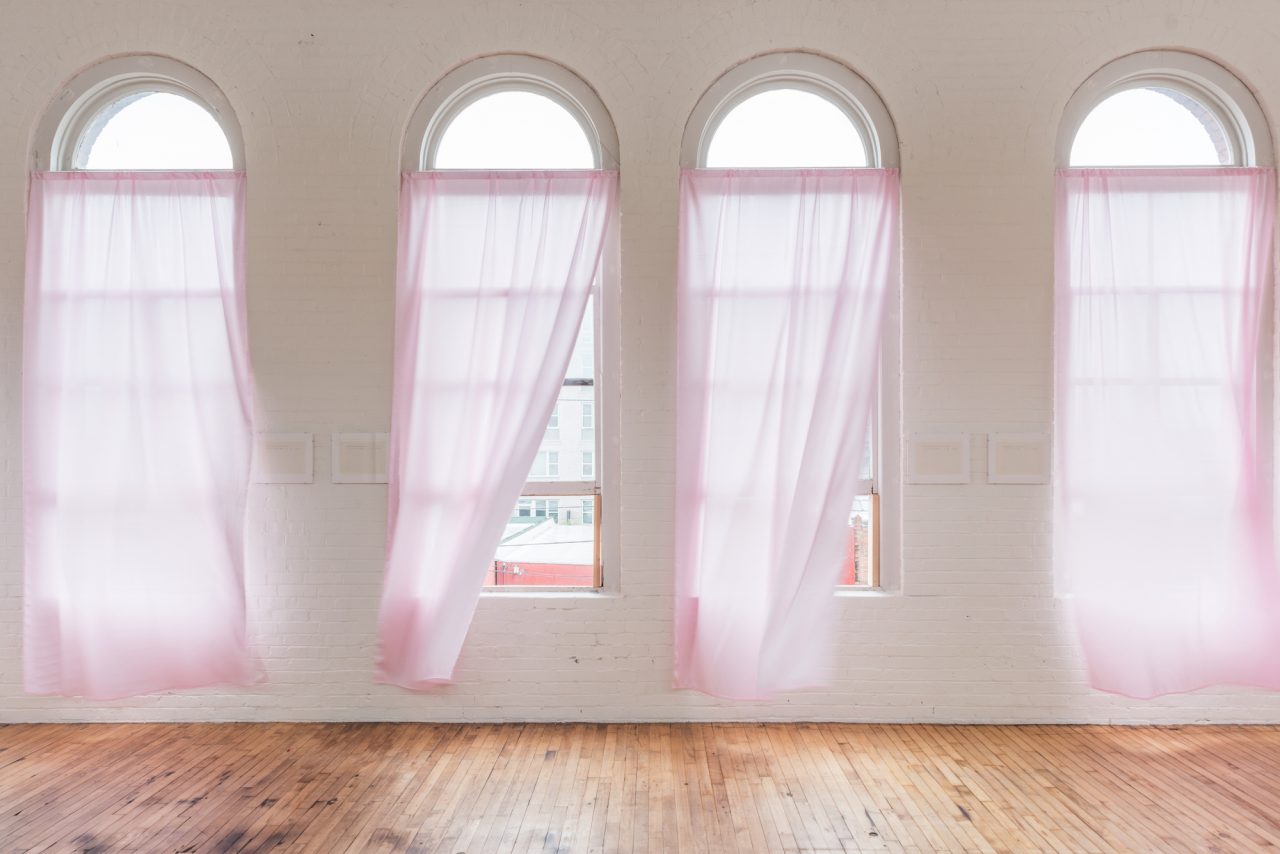
Yutaka Matsuzawa at Yale Union, June 30–August 18, 2019. Courtesy of Yale Union. Photo by Leif Anderson.
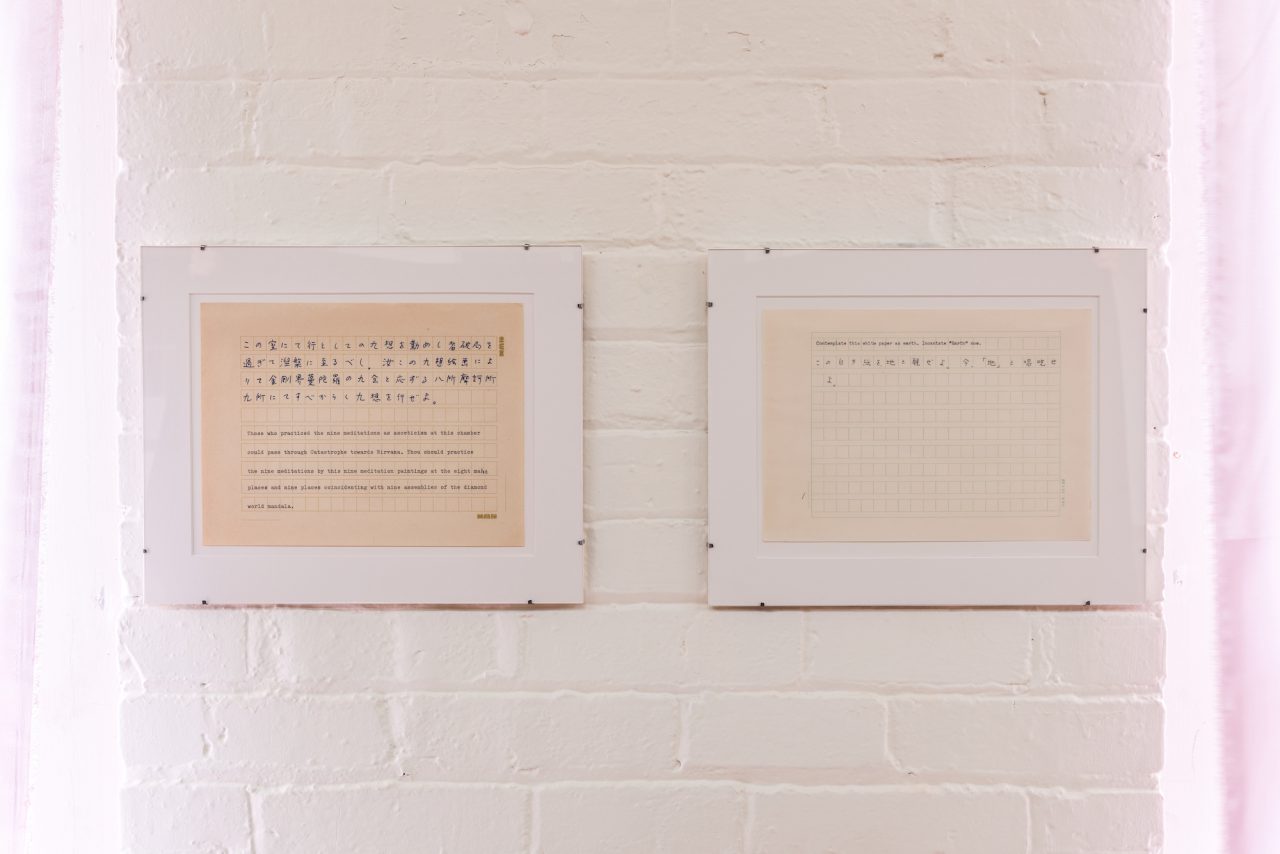
Yutaka Matsuzawa, The Nine Meditation Chambers (detail), 1977. Courtesy of Yale Union. Photo by Leif Anderson.
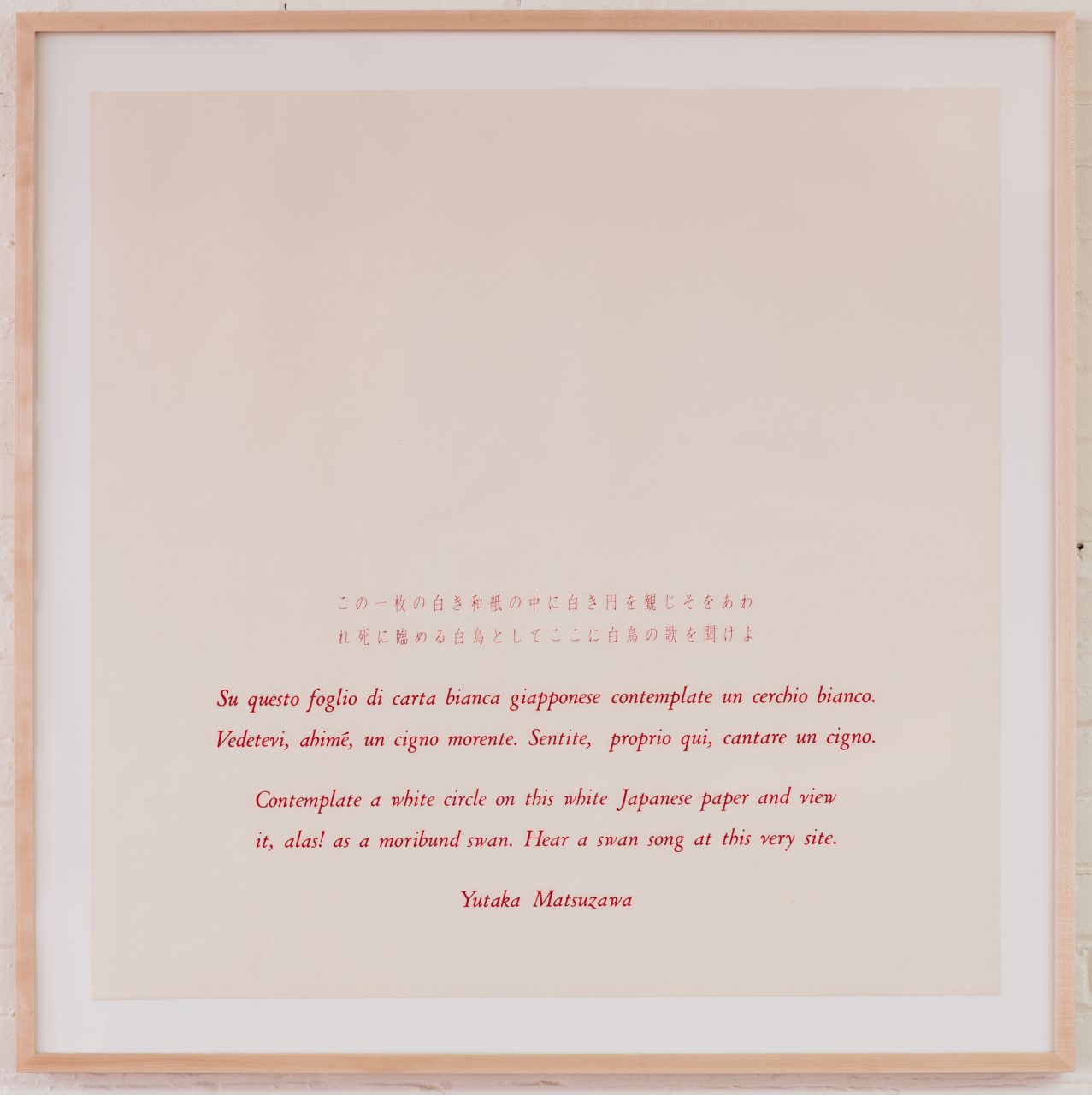
Yutaka Matsuzawa, Contemplate a White Circle in This White Sheet of Paper (Swan Song), 1976. Courtesy of Yale Union. Photo by Leif Anderson.

Yutaka Matsuzawa, Symbol Poem No. 4, 1954. Collection of Matsuzawa Kumiko.

Yutaka Matsuzawa, Untitled, c. 1960–63. Collection of Matsuzawa Kumiko.
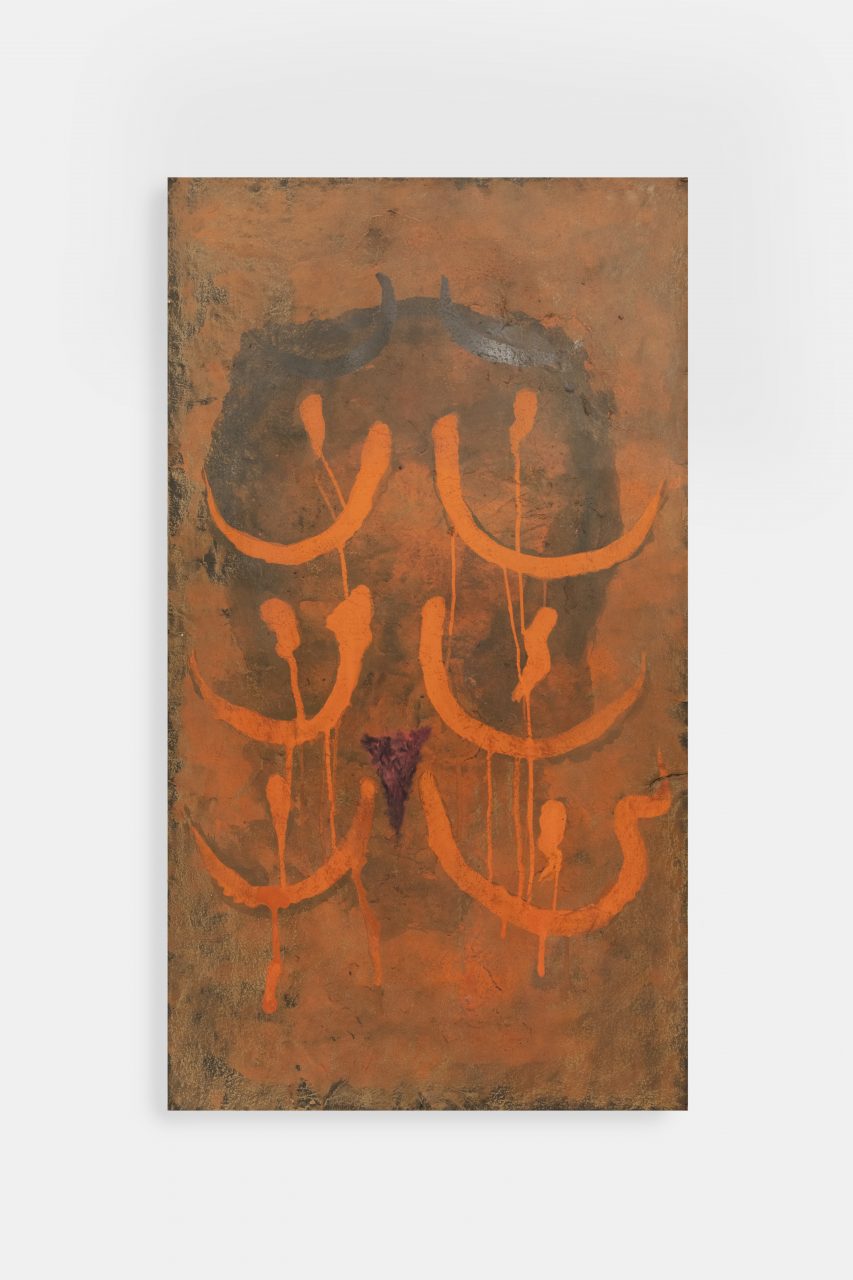
Yutaka Matsuzawa, Untitled, c. 1960–63. Collection of Matsuzawa Kumiko.
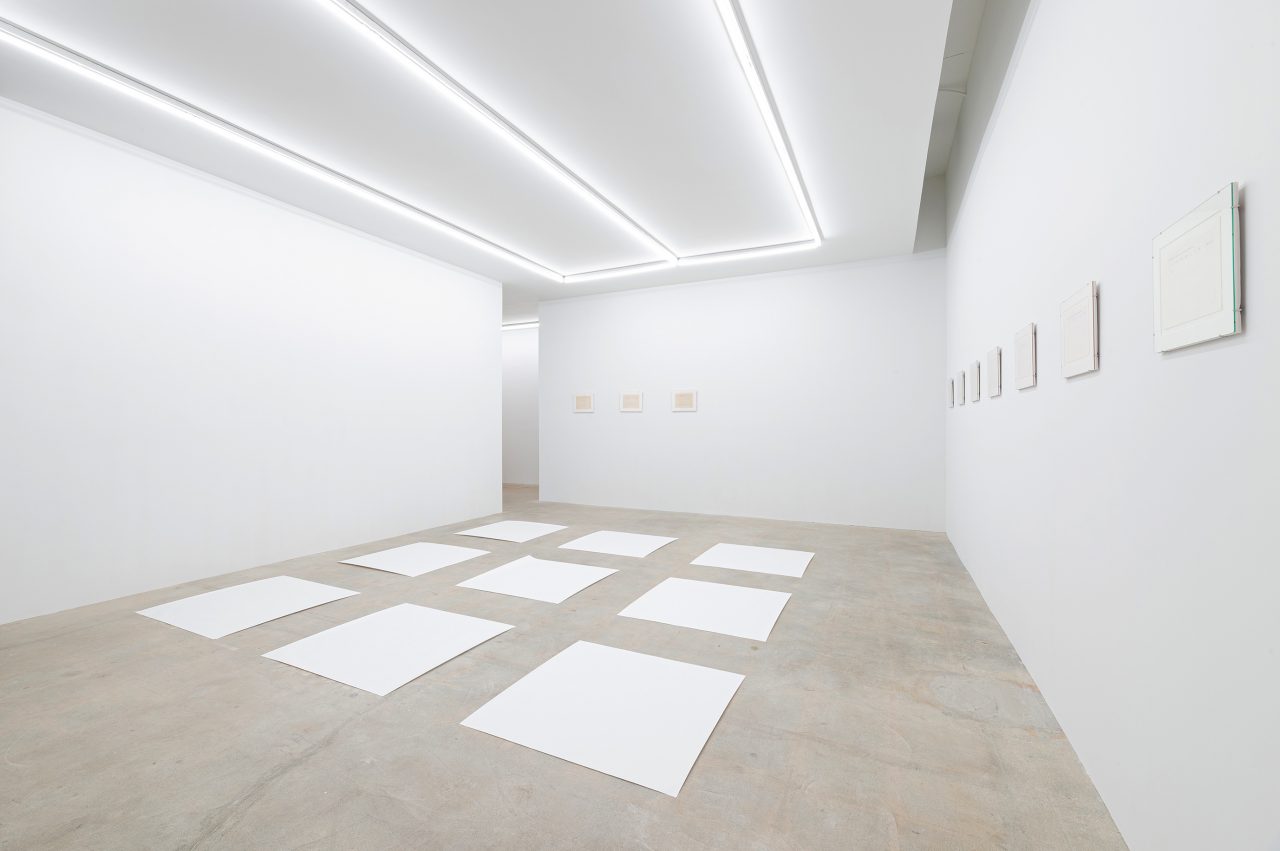
Yutaka Matsuzawa at Nonaka-Hill Gallery, September 7–October 5, 2019. Courtesy of Nonaka-Hill.
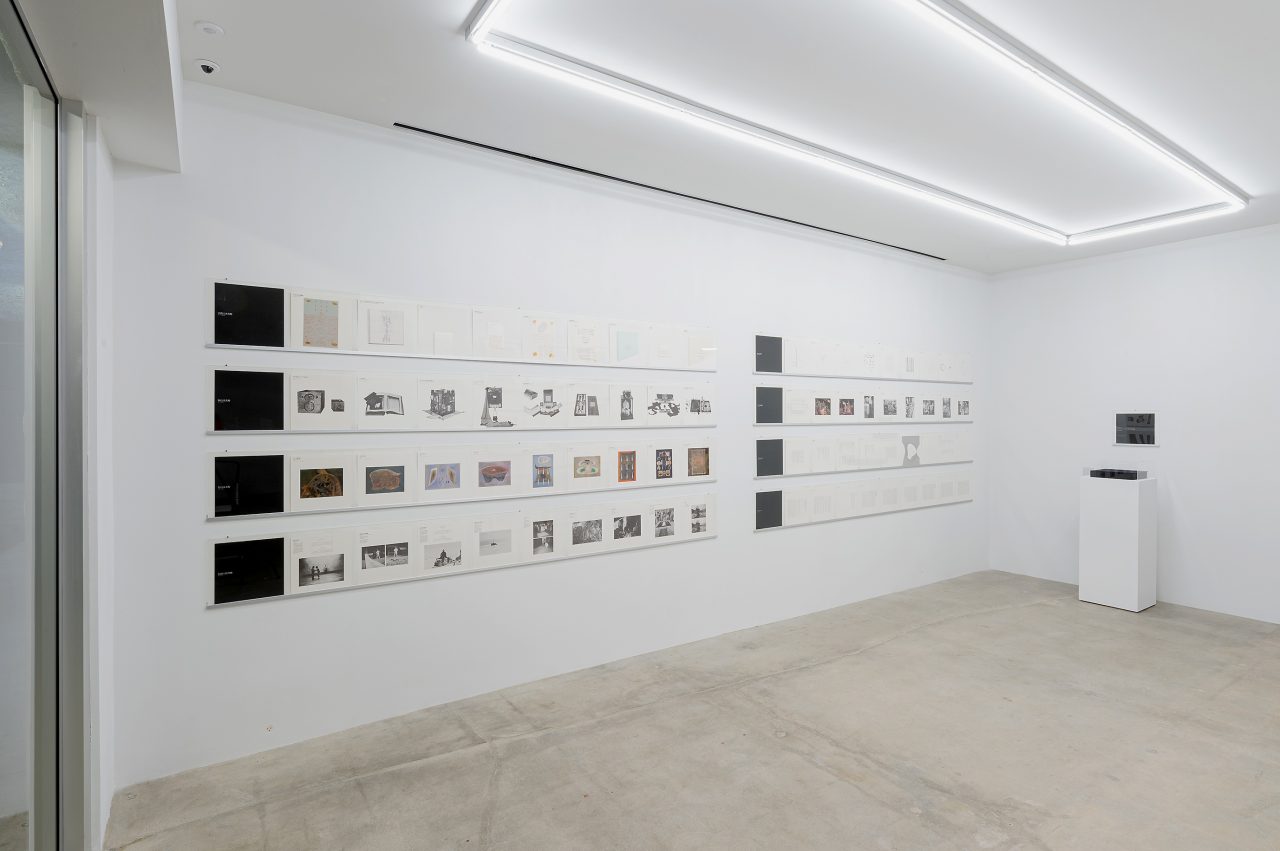
Yutaka Matsuzawa at Nonaka-Hill Gallery, September 7–October 5, 2019. Courtesy of Nonaka-Hill.
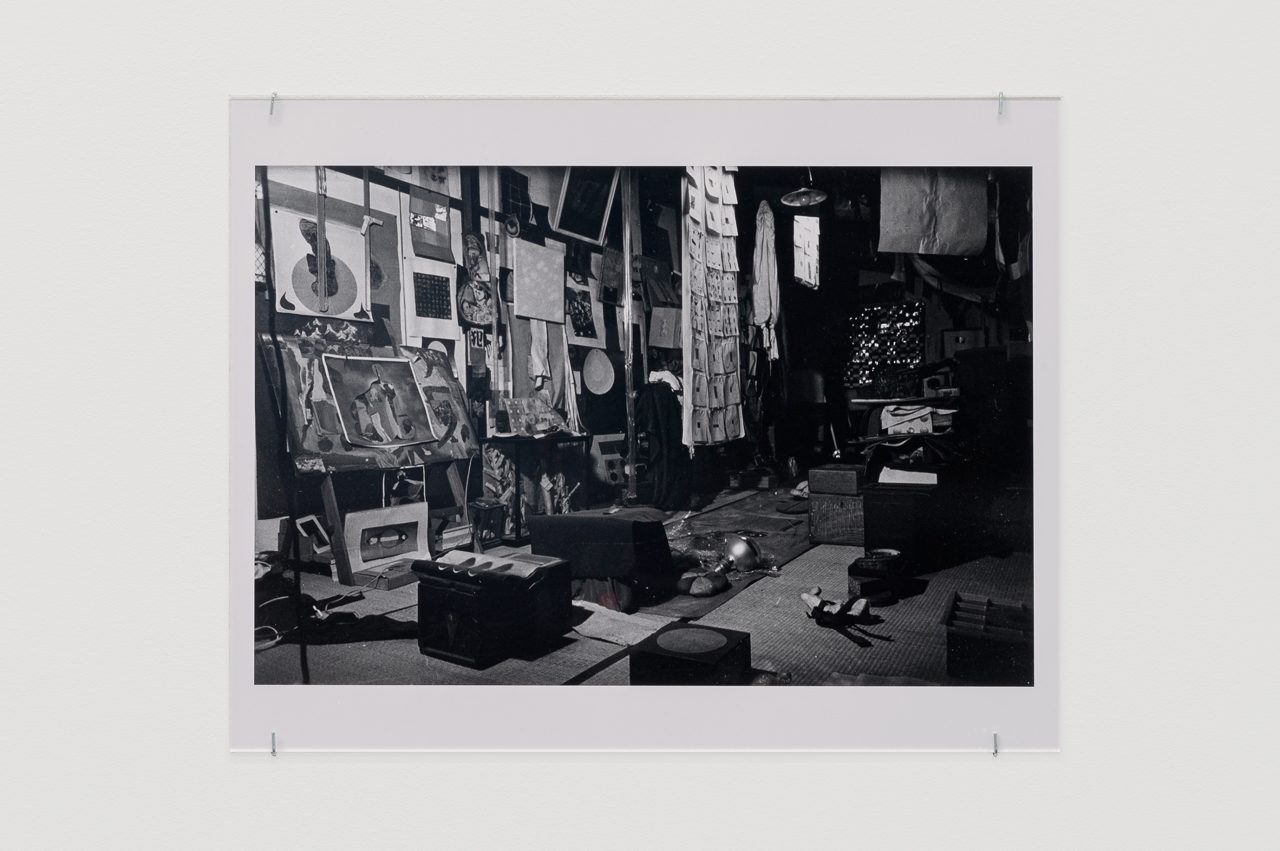
Mitsutoshi Hanaga, Matsuzawa Yutaka’s Psi Zashiki Room in Shimo Suwa, 1969. Courtesy of the artist and Nonaka-Hill Gallery.

Mitsutoshi Hanaga, Matsuzawa Yutaka performing with his 1966 Banner of Vanishing (Humans, Let’s Vanish, Let’s Go, Let’s Go, Gate, Gate, Anti-Civilization Committee) at Mount Misa, Shimo Suwa, 1970.
Photo © Hanaga Mitsutoshi. Courtesy of Mitsutoshi Hanaga Project Committee.
Yutaka Matsuzawa (b. 1922 Shimo Suwa / d. 2006 Shimo Suwa) was a pioneering conceptual artist whose practice covers much of the second half of the 20th century. His practice was driven by a strong distrust of material civilization, shaped by experiences he witnessed during World War II. He developed an immaterial conceptualism that can be pictured in two stages.
In the first stage, between the years of 1957 and 1964, he devised his Theory of Psi, which was inspired initially by parapsychology and later by non-zen Buddhism and quantum physics. This resulted in a body of surrealistic Psi works that were object-based, but spectacularly so, as he accumulated them in what is known as his Psi Zashiki Room.
The second stage, which began in June 1964, in response to a Revelation he experienced, by hearing a voice telling him to“ Vanish objets!” This objets is a Japanese term denoting collages and assemblages, incorporating every day objects, and thereafter he formulated an object-less, text-based practice. He called it the art of kannen.
Matsuzawa’s practice based on kannen, which commands viewers to see with their mind’s eye, encompasses a number of strategies ranging from institutional critique to the idea of the art object itself and the exhibition and ownership systems that such an object is considered under. These dematerialized explorations helped form an idea of what an alternative civilization would be which he sought to formulate for the future of humankind.
CURRENT:
Our Ecology: Toward a Planetary Living, Mori Art Museum, Tokyo
October 18, 2023–March 31, 2024